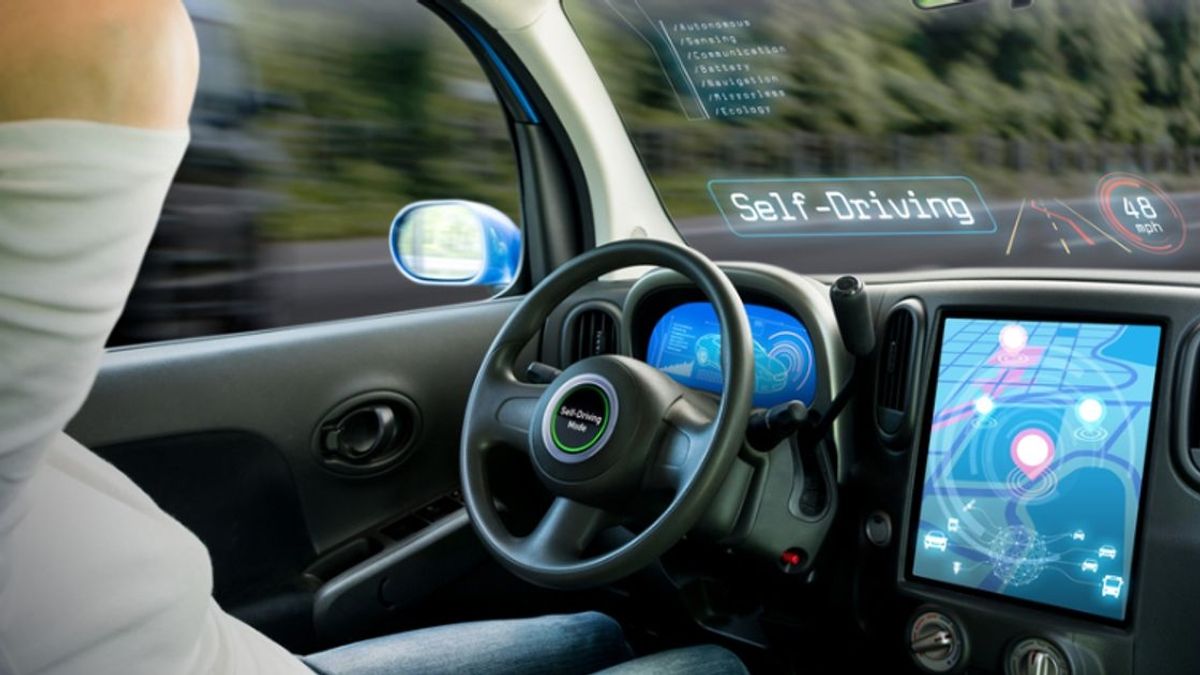
Driving the future of automotive technology, Seeing Machines Ltd, an AI driver monitoring specialist, has reported an upward trajectory in its financial and operational performance for the first half of the fiscal year. The company, trading on AIM and OTC markets, has witnessed a robust 28% increase in underlying revenue, achieving US$25.6 million for the six months ending December 31.
Financial Growth and Operational Highlights
Recurring sales have surged by 22% to US$14.5 million year-over-year, largely driven by a noteworthy 116% increase in vehicles on the road featuring Seeing Machines’ pioneering technology. The company’s technology is now integrated into over 1.5 million vehicles, a testament to its growing influence in the automotive industry. With US$22.2 million in cash reserves and a working capital of US$31.1 million, the company is anticipating an unwind of $5-6 million in the second half of the fiscal year.
Key Operational Milestones
Seeing Machines has successfully achieved key operational milestones, including securing coveted contracts with European automotive manufacturers (OEMs) for its FOVIO Driver Monitoring System. This has significantly contributed to a portfolio of 17 automotive programs valued at an impressive US$366 million. In a strategic partnership with Collins Aerospace, Seeing Machines is developing the first aviation fatigue detection solution, further diversifying its technological capabilities.
Meeting Regulatory Standards
The company’s aftermarket DMS, Guardian Generation 3, meets the upcoming European Commission’s drowsiness detection regulations, reinforcing its commitment to automotive safety. The system was showcased at the international stage at CES 2024. CEO Paul McGlone remains optimistic about the company’s market leadership and the prospects of achieving the full-year expectations and reaching a cash break-even run rate by FY2025.
In a promising development, Seeing Machines has announced an industry collaboration with QUT to develop empathic capabilities of automotive AI systems. The primary aim is to make automated vehicles safer for people, particularly in the intermediate level where cars are not fully automated. This collaborative research, involving PhD students and a post-doctoral candidate, will span diverse disciplines and utilize university-wide Centre expertise, providing valuable insights into human behavior as in-vehicle technologies are developed.
